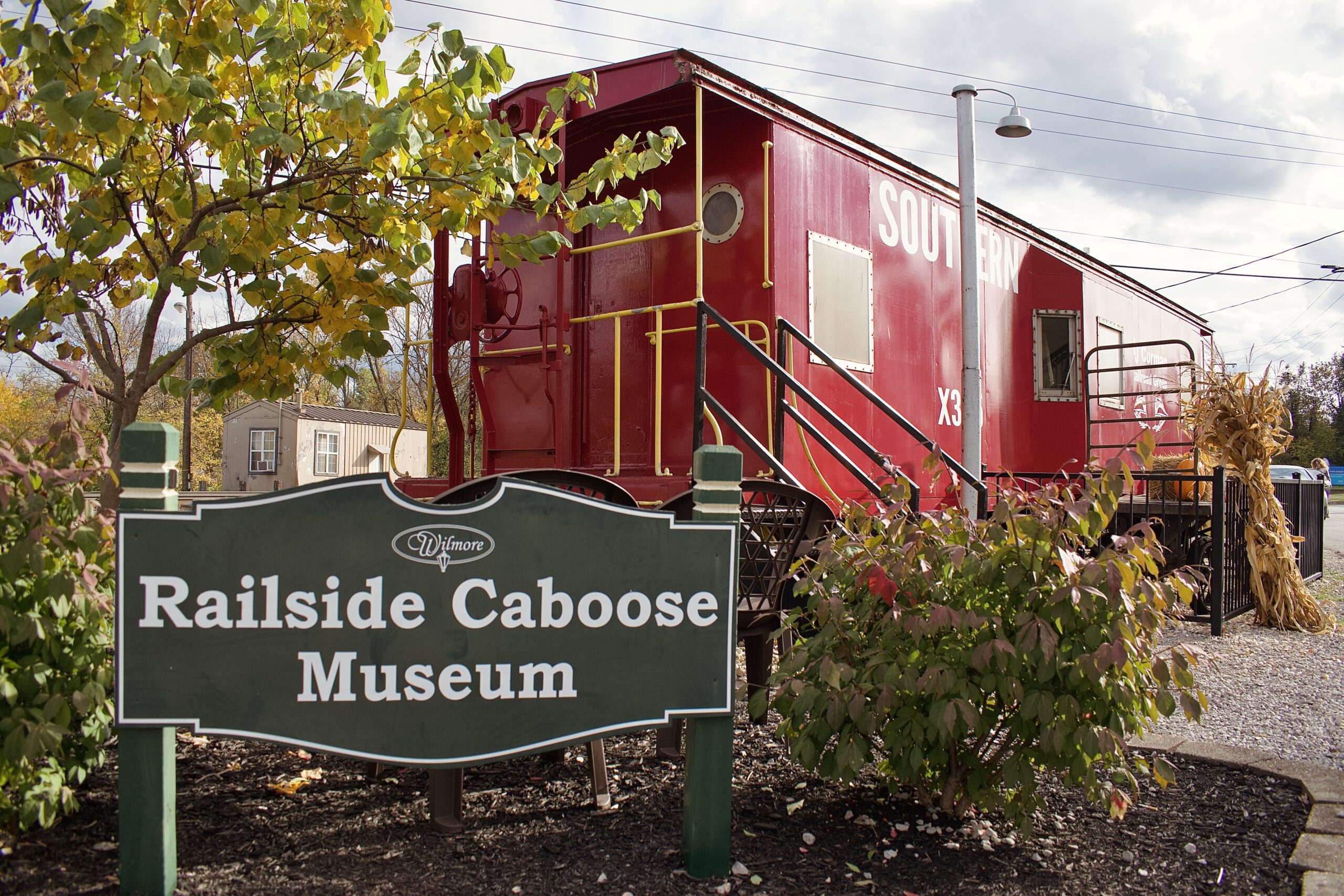A hidden gem of the community sits next to Drinklings Coffeehouse in Downtown Wilmore.
The Wilmore Railside Museum runs under the Community Development Board with director Judy Woolums.
This division is responsible for the charitable giving activities of the Norfolk Southern Corporation and was opened to the public shortly after being donated to the city. “I don’t have any records of the exact date nor all of the first curators, but one curator of note is Cecil Zwiefel, the father of Asbury College/University intercollegiate athletics,” museum curator Ken Rickard said.
The caboose was donated to the City of Wilmore in 1993 by the Norfolk Southern Foundation, a division of the Norfolk Southern Railroad. The Wilmore caboose, Southern X365, was built in the mid-1950s, rebuilt in the early 1970s and retired in the 1980s.
“The caboose was one of thousands of cabooses nationwide which became surplus after the passage of Staggers Rail Act of 1980, which partially deregulated the rail industry, which in turn allowed a reduction in train crew size to two: an engineer and a conductor,” Rickard said. “The caboose is now a museum of local history, including artifacts and books of information. The caboose is currently undergoing a reset with the new displays to be ready in the spring.”
More recently, it was repainted by the RJ Corman Company in 2015. The land it sits on is part of the railroad right of way, for which the city pays rent to Norfolk Southern. The official name of the railroad is the Cincinnati Southern Railway, which the City of Cincinnati built in the 1870s to connect Cincinnati merchants with the Deep South.
Not only does the museum provide many fun and entertaining artifacts, but it also has a mighty mission: to research the history of Wilmore, including the acquisition of documentation and artifacts, to preserve and present for public inspection this history using appropriate displays and other formats, to promote knowledge and safety around railroad tracks and equipment and to promote the preservation of remaining extant historical sites.
The museum is open most Saturdays from 10-12 from April to October to serve its community members with history and some fun artifacts.


